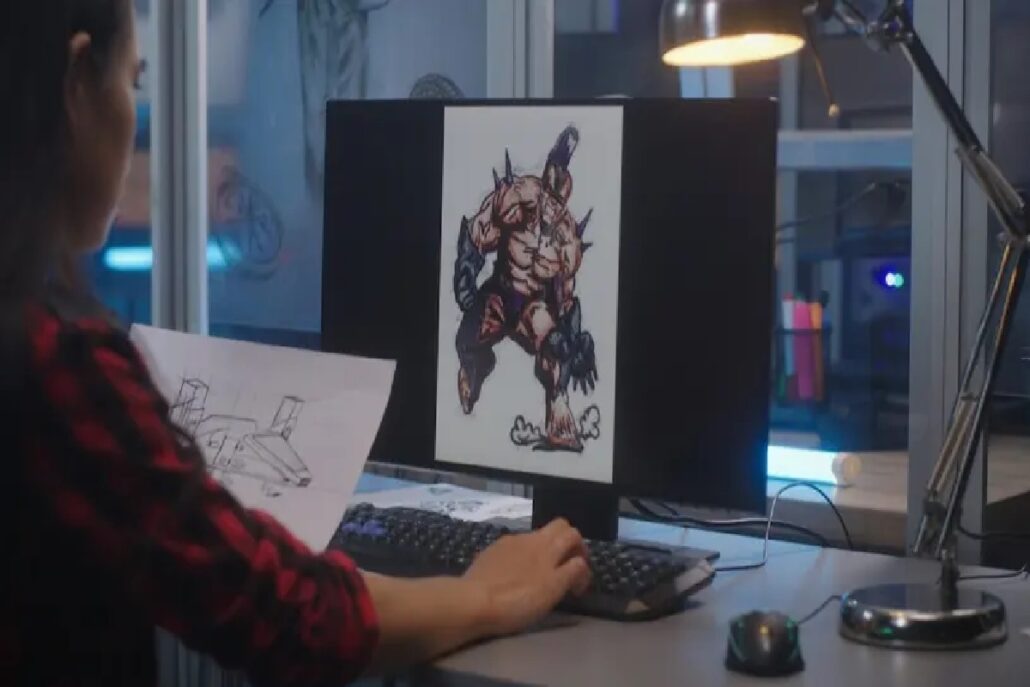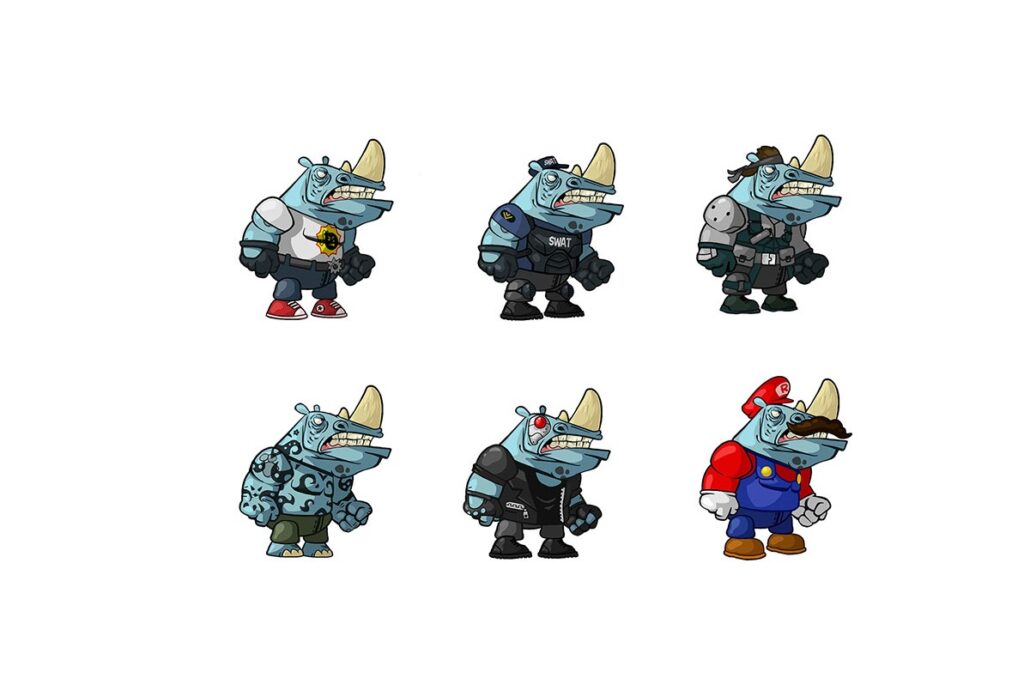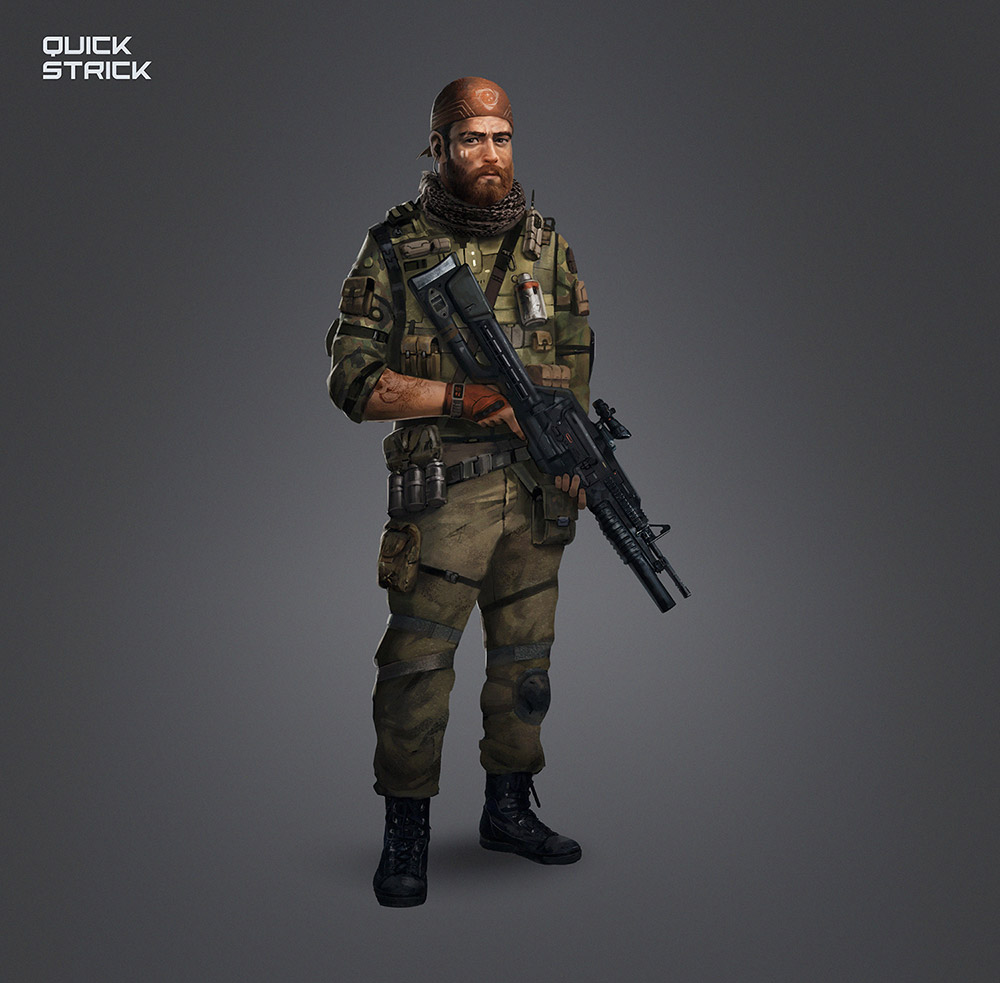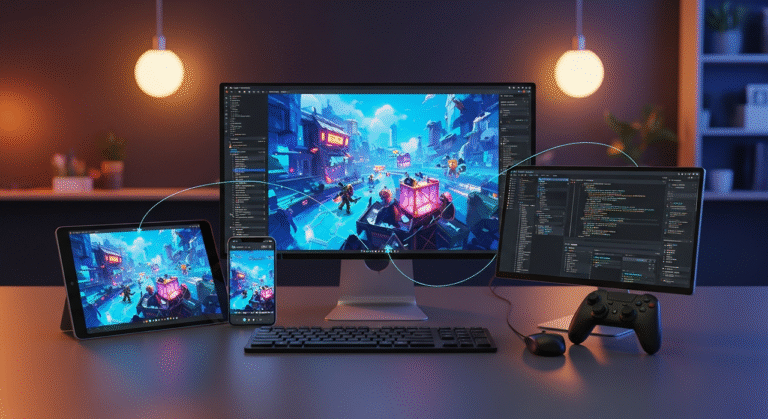Character development in video games is the multifaceted process of creating and evolving in-game characters, encompassing their visual design, backstory, personality, and growth arcs throughout the narrative. We all have a favorite video game character that forms a part of our gaming history. But behind all these beloved identities lies a dedicated team that blew life to some animated compound of pixels and polygons. Developing a well-made character is more complex than you think.
A good protagonist/antagonist or a series of them can make or break an IP. In this article we are going to review the road map that leads to making a solid character for a video game title; so, stick around with us to the end of character development in video games.


Need Game Art Services?
Visit our Game Art Service page to see how we can help bring your ideas to life!
Why Is It Important to Have a Solid Character Development?
Characters of a video game title are the last cord between production and the user. They deliver what the production team has gone through and it is better to be a solid one or all their efforts vanish. It’s better to see them as vessels that entwine production cords with gamers’ cerebral receptors and if they fail to leave a permanent mark, the whole experience will be a forgettable product.
It is not important which aspect of our game is our strong suit, characters can divert the direction of our success. Even with the best graphics and gameplay, with a hollow character, there wouldn’t be much to connect for our end-user to cling to our game.
The story plot might be interesting, but without a good character, there is no motivation for a player to reach the climax of our narration.
With this realization, now it’s time to see what should be done to make good character development. So, let’s break down and narrow down the road map of character development in video games.

What are the Strong Suits of a Solid Video Game Character?
If you go through the list of your favorite character, you will see a series of common points that they carry and share among them in best game companies. The following points ought to be among those points no matter what the genre or category of video games their title belongs to:
Engaging Backstory
A backstory or past-time narration for a character is the most important aspect of a good protagonist/antagonist. If there is nothing to know about our character, there is nothing to relate to.
Even a short background can go long way for a character to be believable. Just like in real life, the more you know about a person, the more your mind can wrap around your feelings toward that being.
Motivations
A character with no motivation is a hollow shell that just reacts to player inputs. Motivations, big or small, are what the player seeks for a character to have. A player must know why they go through a journey or even what to fight for or against.
This entry is a critical point for our antagonist or villain to be a rememberable one. Sometimes the motivation supersedes the character’s actions or dialogues and can justify more than you think for a story arc.
Sympathy
The previous points are critical for a reason and for but their ultimate goal is to evoke sympathy toward the characters of our story. If the player can relate to our characters, we have achieved a big portion of development success.
This factor is the one that makes a difference and defines a good/bad character development outcome.

Character Development Process
Now that we know the main points about creating a memorable character and Character Development in Video Games, it is time to go through different steps of the development process. There are some other treatments that the characters go through whilst they are being created, but these are the main common steps:
1. General idea and deliberation
Throughout the character development in video games, we should know what we are after and what is the main stroke of our character. Good brainstorming and outlining the purpose and style of our character is the foundation which the team can build upon.
The general idea must be clear and well thought out, so it can show the production team what they should pursue throughout the development process. You can imagine this guideline as a blueprint for the following steps to come.
2. Providing a Solid Background and Backstory
We went through the reasons and necessities of a good backstory in the very same article. This is the point in the process at which the writers come in and play their roles. Establishing a relatable story that is suitable and well-written, conducts to creating a memorable character.
3. Arc hierarchy
The production team must provide a hierarchy for our characters to fit in. The writers should define the roles our characters carry and pinpoint their standing point in the story. A well-adjusted hierarchy leads to better and clearer deciding situations for the production shot callers.
4. Defining relations
Our characters cross paths throughout the story and these events can be epic or boring as watching paint dry; To avoid the latter, we should provide deep and mature connections between different characters. They may even come as a secret or the feed for the main plot, but these networks of people indulge in the creation process.
5. Assigning traits and attributes
To make a character memorable, the production team must give them fitting traits to carry. Sometimes fitting means paradoxical attributes of a character; but under no circumstances, a good character is an empty tablet of idiosyncrasy.
6. Choosing the fitting aesthetics
This should be the most obvious point of the whole process. The characteristics of our heroes and villain should be showcased via proper aesthetics. It depends on many factors how they should look, but this step plays a critical role.
It doesn’t matter if the product is a 2D or 3D product, the exhibitionism of our character better be well done or all of the previous steps would be for nothing. Even choosing a well-fitted voice actor for a narrative title, can dramatically change the reception of a certain character.

Rip What You Sow
The proper delivery of said steps can immortalize a character and its title. No matter how good your technical aspects of the game are, without good character development, it could be a wreck fest.
Characters symbolize the games and their achievements. A good game needs good character development and without it, there is nothing for the player to be engaged with.









